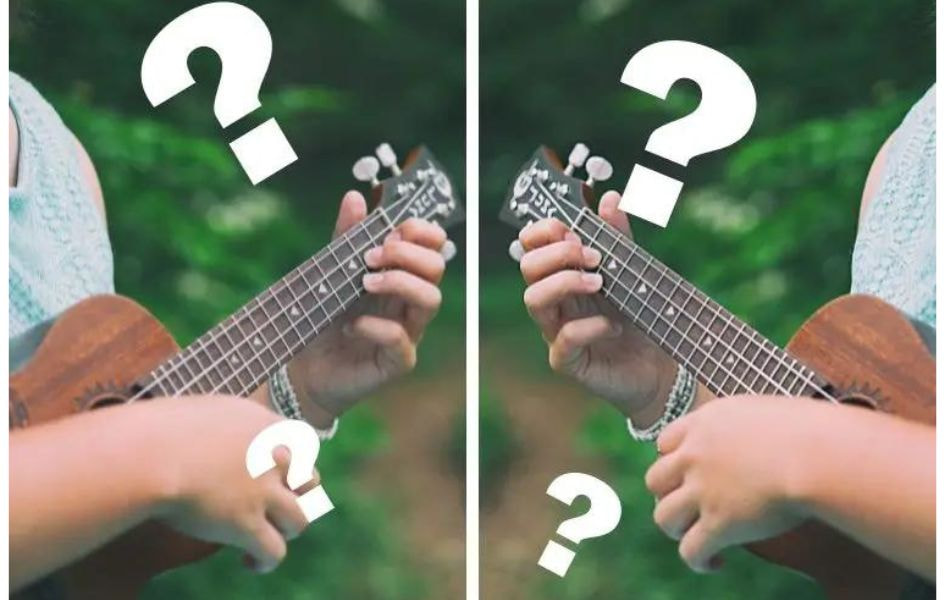Becoming proficient in playing the ukulele as a left-handed musician presents its own unique set of challenges and considerations. In this article, we delve into essential guidance tailored specifically for those who approach the instrument from a left-handed perspective. Whether you’re just starting out or looking to refine your skills, this comprehensive guide offers valuable insights and techniques to help you navigate the world of left-handed ukulele playing with confidence and proficiency.
Contents
How to Position a Ukulele for Left-Handed Playing
To hold the ukulele for left-handed playing, start by flipping the instrument so that the body rests against your left arm, while you grip the top of the fretboard with your right hand. Keep in mind that restringing the ukulele is necessary for optimal left-handed performance. The standard tuning for a ukulele left-handed is G4, C4, E4, A4, with the strings arranged in descending order.
While left-handed ukuleles are available for purchase, they often come at a higher cost. Alternatively, you can restring a right-handed ukulele or choose to play it in a right-handed orientation. Though strumming may initially feel more challenging for left-handed players, you’ll already have a solid foundation in left-hand technique, providing you with an advantage.

Some notes for left-handed ukulele player
Buy a left handed ukulele
Purchasing a ukulele that is specifically designed and configured for left-handed players. This typically involves reorienting the instrument so that the strings are arranged in reverse order, with the thickest string on the top when holding the ukulele in playing position. Left-handed ukuleles are intended to accommodate the playing style and preferences of left-handed musicians, making it easier for them to strum, finger chords, and play comfortably.
There are a few options available to you:
Specialty Shops: There are also specialty shops that cater specifically to left-handed musicians. Some noteworthy deviations include brands like Blackbird, Kala, and Baton Rouge, which provide options specifically tailored for left-handed players.
Custom Orders: If you have specific preferences or requirements for your ukulele, you may consider placing a custom order with a luthier or instrument maker. They can create a left-handed ukulele tailored to your specifications, ensuring that you get exactly what you’re looking for.
Chord shape for left-handed ukulele
With a left-handed player, the chord shapes will indeed appear as mirror images of the chord shapes typically used by right-handed players. This means that the finger positions for each chord will be reversed or mirrored due to the orientation of the strings on the ukulele being arranged differently for left-handed players.

Left-handed ukulele technique
String Arrangement: Remember to restring your ukulele so that the strings are arranged appropriately for left-handed playing. The standard tuning is G4, C4, E4, A4, with the thickest string on the top when holding the ukulele in playing position.
Chord Charts: Look for chord charts specifically designed for left-handed players. These charts will show the fingerings in a way that aligns with your orientation, making learning chords much easier.
Mirroring Techniques: When watching tutorials or observing others play, be prepared to mirror their actions. This may take some practice, but it’s essential for translating instructions effectively into your left-handed approach.
Customization: Feel free to customize your playing style to suit your left-handedness. Experiment with different techniques, fingerings, and strumming patterns to find what feels most comfortable and natural for you.
Patience and Persistence: Learning any instrument takes time and dedication, so be patient with yourself as you adapt to playing left-handed. With consistent practice and perseverance, you’ll gradually improve and develop your own unique sound and style.
In conclusion, mastering the ukulele as a left-handed player requires patience, dedication, and a willingness to adapt. By following the tailored instructions provided in this guide, you’ve equipped yourself with the knowledge and techniques necessary to excel in your musical journey. Remember to embrace the unique challenges and opportunities that come with being a left-handed musician, and don’t hesitate to explore and innovate within your own playing style.
